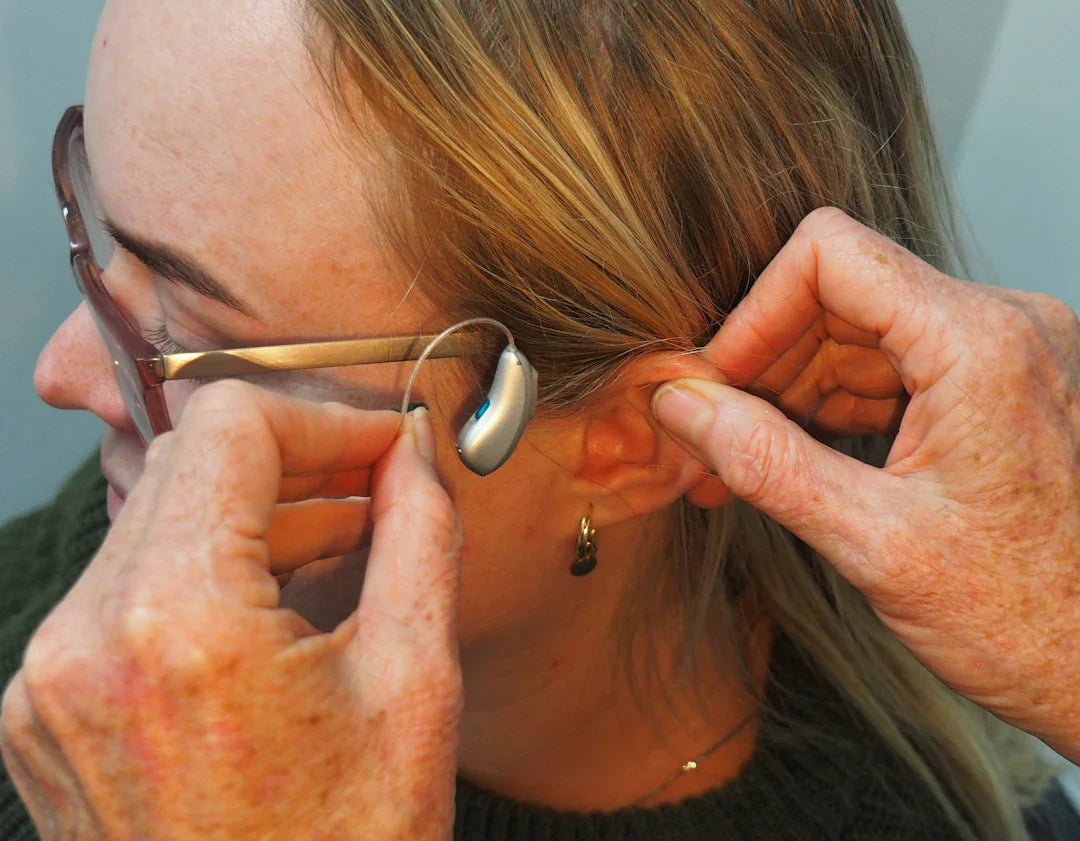When it comes to embracing the world of hearing aids, individuals with hearing loss are presented with a new journey toward enhanced auditory experiences. One vital aspect of this journey is acclimatisation, a process that eases users into their new auditory reality. In this article, we’ll delve into the concept of hearing aid acclimatisation, the factors that influence it, and tips for a smooth transition.
What is Hearing Aid Acclimatisation?
Hearing aid acclimatisation refers to the period during which new users gradually adapt to the sounds delivered through their hearing devices. This process is crucial, especially for individuals who have experienced significant hearing loss and are just beginning to explore the capabilities of their new technology. During acclimatisation, users become accustomed to the variety of sounds that may have been muted or completely unheard before, allowing their auditory system to adapt to these new stimuli.
Why is Acclimatisation Important?
Adjusting to hearing aids can be challenging, particularly for those who have relied on silence for an extended period. Acclimatisation plays a fundamental role in ensuring that users can effectively utilise their devices. It not only helps to foster a sense of comfort but also enhances the overall effectiveness of the hearing aids. Individuals like those using the GN Resound Linx Quattro 7, for instance, may find themselves overwhelmed by the new range of sounds at first. Understanding and embracing the acclimatisation phase can ease these initial challenges.
The Acclimatisation Process
The journey of acclimatisation varies among individuals, influenced by several factors, including the extent of hearing loss, the type of hearing aid, and the user's lifestyle. Here are some integral stages of the process:
Initial Fitting and Adjustment
Upon receiving hearing aids, patients will typically undergo an initial fitting, where audiologists adjust the devices to suit their specific hearing needs. During this phase, it’s crucial to have realistic expectations. The sounds may feel different or even intrusive at first, but this is a part of the acclimatisation process. For users of advanced devices like the GN Resound Linx Quattro 7, this stage is crucial for establishing the foundation for comfortable hearing.
Incremental Exposure
Once the initial adjustments have been made, users should gradually expose themselves to various listening environments. This includes both quiet and noisy settings, as well as different activities such as conversations, watching television, or dining out. Starting with short periods of use can help ease users into the experience without overwhelming them.
Challenges During Acclimatisation
While acclimatisation is essential, it is not always straightforward. Users may encounter several challenges during this phase:
- Overwhelm: The sudden influx of sounds can lead to feelings of discomfort or fatigue.
- Sound Clarity: Some might find certain sounds too loud or distorted, requiring adjustments to the hearing aid settings.
- Social Interactions: Individuals may feel hesitant or embarrassed when using hearing aids in social situations.
Common Misconceptions
There are several misconceptions surrounding the acclimatisation process. One key misunderstanding is the belief that hearing aids will completely restore hearing to normal levels. It’s essential to clarify that while hearing aids, such as the versatile GN Resound Linx Quattro 7, can significantly enhance sound quality, they do not undo the damage caused by hearing loss. Users should focus on the gradual improvement in sound perception and communication.
Tips for a Successful Acclimatisation
To maximise the benefits of hearing aids and navigate the acclimatisation phase effectively, consider the following tips:
Be Patient
Acclimatisation is not an overnight process; it can take weeks or even months. It’s vital to give your auditory system time to adjust. Acknowledge that some days may be better than others, but consistent use will yield significant results over time.
Engage with Support Networks
Utilise support groups or connect with others who are experiencing similar journeys. Sharing experiences and advice can provide encouragement and make the acclimatisation process feel less isolating.
Maintain Regular Consultations with Audiologists
Frequent check-ins with an audiologist are crucial. They can provide necessary adjustments to hearing aids, ensuring that users are comfortable and hearing optimally. This is particularly important for advanced hearing aids like the GN Resound Linx Quattro 7, which may require fine-tuning as the user becomes more accustomed to the device.
Creating a Comfortable Environment
Adapting to new sounds can be daunting, so creating a conducive environment for acclimatisation can be incredibly beneficial:
- Choose Familiar Surroundings: Start in quiet spaces where background noise is minimal.
- Avoid Overstimulation: Limit exposure to environments that are too loud or chaotic during the initial days of wearing the hearing aid.
- Practice Active Listening: Focus on conversations with friends or family, where interactions are more controlled and predictable.
Utilise Technology Wisely
Many modern hearing aids come equipped with smart technology that can enhance the experience. Familiarise yourself with the features of your hearing aids, such as directional microphones or noise-cancellation, and learn how these can assist in your acclimatisation journey. Users of the GN Resound Linx Quattro 7, for instance, have the added benefit of advanced connectivity, which can ease communication in busy environments.
Holistic Approaches to Support Hearing Aid Acclimatisation
Alongside using hearing aids, embracing holistic strategies can improve the acclimatisation experience:
Mental Wellness
Prioritising mental well-being is essential during this adjustment period. Practising mindfulness or relaxation techniques can help mitigate anxiety related to hearing loss and the challenges of adaptation. Focusing on positivity can make a significant difference in overall comfort with the devices.
Cognitive Exercises
Engaging in cognitive exercises can sharpen auditory processing skills. Activities such as listening to audiobooks or participating in discussions about various topics can aid in this adjustment and enhance listening comprehension.
When to Seek Additional Help
Despite best efforts, some users may find themselves struggling with the acclimatisation process. Signs that additional assistance may be required include:
- Consistent discomfort or fatigue when wearing the hearing aid.
- Persistent feelings of frustration or withdrawal from social interactions.
- Regularly experiencing auditory feedback or whistling sounds.
Consulting Audiotherapy
For those experiencing significant challenges, considering audiotherapy may prove beneficial. Audiotherapists can offer tailored techniques to aid users in acclimating to their hearing aids, helping to address specific concerns while enhancing overall auditory perception.
Fuel Your Passion for Sound
Understanding hearing aid acclimatisation is vital for maximising the benefits that modern hearing aids provide. For individuals navigating this transition, embracing patience, creating a supportive environment, and utilising the latest technology will pave the way for a more enjoyable auditory experience. Whether you’re venturing into sound for the first time or looking to enhance your existing journey, your passion for sound can flourish with the right mindset and support. Remember, the world of sound awaits, and it’s yours to discover!




